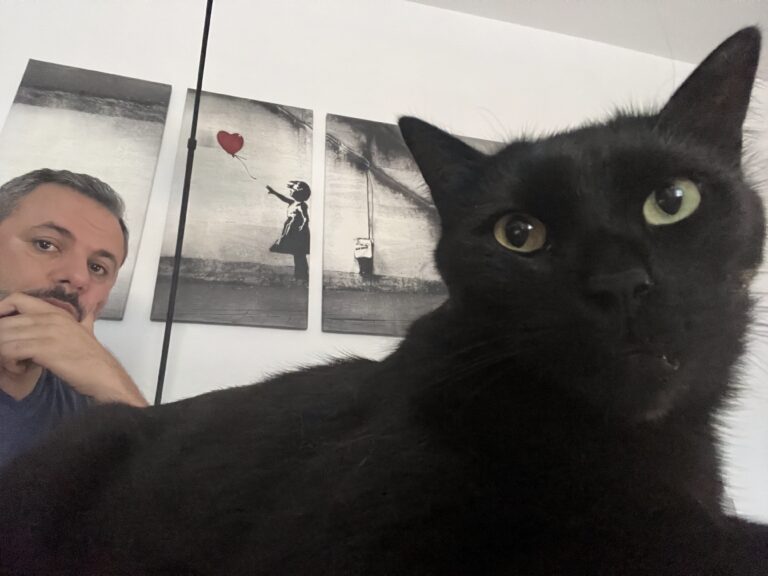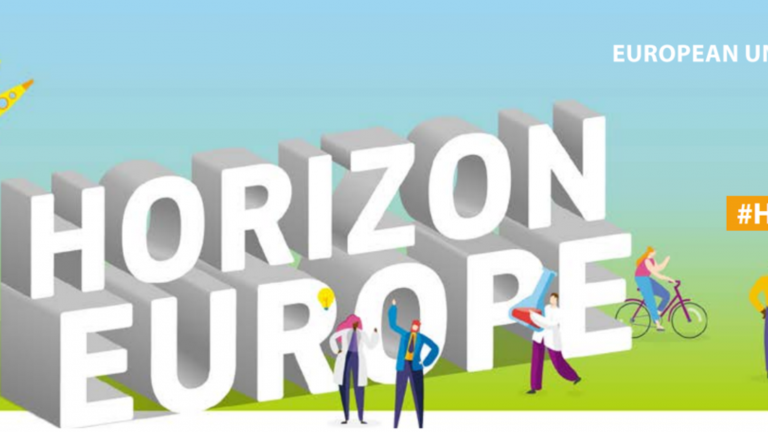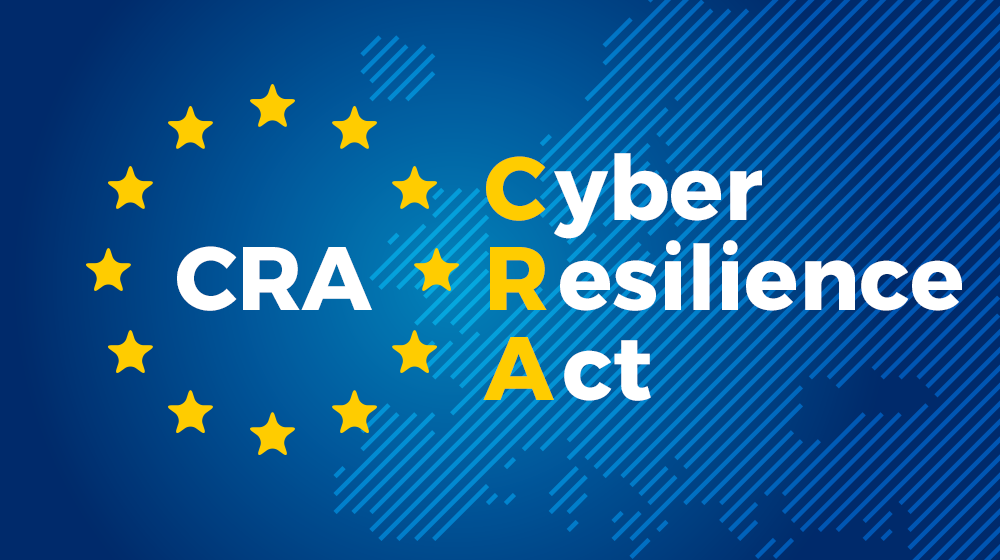In recent years a handful of open source communities have moved the needle on gender balance in ways that feel almost revolutionary. Take Outreachy, the internship programme born out of the Free and Open Source Software (FOSS) world: by offering paid three-month placements specifically designed to support women, trans and non-binary contributors, it has welcomed hundreds into projects as varied as GNOME, Debian and Mozilla—and sparked dozens of long-term commitments to code, documentation and community leadership. Similarly, the Linux Foundation’s Women in Open Source initiative combines grants, leadership workshops and visibility campaigns to highlight female maintainers across dozens of flagship projects, from Kubernetes to Node.js; that dual focus on financial support and public recognition has tangibly broadened the talent pipelines for some of the world’s most critical infrastructure tools. Even at a smaller scale, programmes like Django Girls and PyLadies have shown how weekend-long, hands-on workshops can empower absolute beginners to ship their first pull requests—and then return as mentors, creating a virtuous circle of participation and peer-support that many traditional tech communities still struggle to achieve.
What’s striking is how much of this success rests on three simple but powerful ingredients: a safe, welcoming code of conduct; clear pathways for novices to evolve into reviewers and maintainers; and deliberate, visible sponsorship of women’s achievements. Any organization, even one outside the classic open source orbit, can borrow these practices wholesale. By cultivating internal affinity groups or “chapters,” companies can recreate the camaraderie of PyLadies meetups; by pairing every junior hire with a rotating roster of senior allies—mirroring Outreachy’s mentorship model—they ensure no one ever wonders where to ask their first question. Publicly celebrating contributions, whether a new feature in the company’s flagship product or a blog post explaining a thorny technical decision, mirrors the Linux Foundation’s spotlight campaigns and shows everyone, inside and outside, that diverse talent is a shared priority. Crucially, these measures work best when they’re baked into day-to-day routines—quarterly “town halls” become opportunities for aspiring voices to present prototypes, and permissive license-style guidelines around internal documentation and tooling ensure that newcomers spend their energy learning rather than poring over maze-like wikis.
Yet even the most well-meaning initiatives can only go so far when deep-seated biases still linger beneath the surface. Women in open source continue to report moments of being “talked over” in video calls, or having their questions met with terse, unhelpful answers that deter further contribution. Impostor syndrome remains pervasive: no amount of formal mentorship can fully erase the anxiety of submitting a first patch on a codebase where the average contributor has twice your experience. And while programmes like Outreachy provide vital windows of entry, the long tail of volunteer work often remains unpaid, creating an unforgiving double shift for those balancing day jobs, caregiving responsibilities, and core community tasks. In some corners, gatekeeping still persists: a maintainer’s terse pull-request review or a sudden change in contributor guidelines can unwittingly push newcomers out of the project altogether.
The open source movement has proven that problems long viewed as immutable, lack of access, scarcity of role models, and rigid hierarchies, can be broken down through intentional, community-driven design. For any organization seeking to foster genuine gender equity, the lesson is clear: create structures that surface and celebrate underrepresented voices, provide funded pathways from curiosity to competence, and acknowledge that culture change is never complete. And above all, listen deeply to the lived experiences of women who have both thrived and struggled in these pioneering projects. Because only by understanding the subtle barriers they still face can we ensure that the next generation finds a welcome place in technology’s most creative, collaborative frontier.




